Nigella Sativa Taste: Is This Tiny Black Seed Worth the Hype?
If you've ever wandered through a spice market or scrolled through an exotic spice catalog, chances are you've come across those tiny black seeds known as Nigella Sativa. They might look unassuming, but they pack a punch when it comes to flavor — and quite a bit of mystery. In this article, we'll take a deep dive into the world of Nigella Sativa, exploring its taste profile, culinary uses, health benefits, and why every spice lover should give it a try.
Table of Contents
- What Does Nigella Sativa Taste Like?
- How to Use Nigella Sativa in Cooking
- Nigella Sativa vs Other Common Spices
- Buying Guide: Choosing the Best Nigella Sativa
- Health Benefits of Nigella Sativa
- Frequently Asked Questions
What Does Nigella Sativa Taste Like?
Let’s get straight to the point — what does Nigella Sativa actually taste like? Imagine if cumin had a baby with oregano, sprinkled with a hint of onion and a touch of pepper. That’s roughly the flavor territory we’re talking about here.
"Nigella Sativa has a slightly bitter, earthy flavor with a nutty finish. It’s often described as having notes of thyme, fennel, and even a subtle citrus undertone."
Unlike more aggressive spices like chili or mustard, Nigella Sativa doesn’t hit you right away. Its flavor builds slowly, lingering on the palate like a well-aged wine. The texture is crunchy, which makes it great for garnishing dishes where you want a little bite without overwhelming heat.
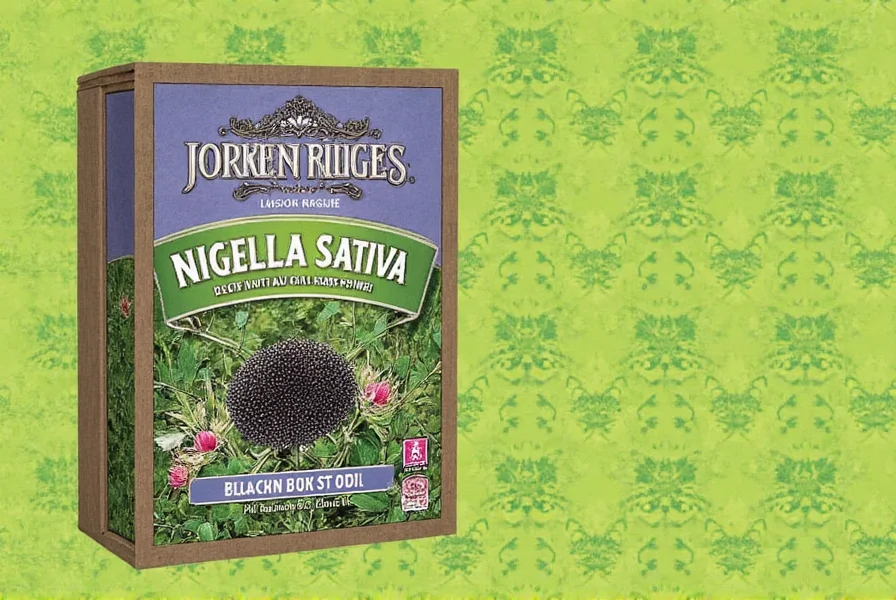
Flavor Profile Breakdown:
- Bitterness: Mild to moderate
- Earthiness: Medium
- Spiciness: Low (more aromatic than hot)
- Aftertaste: Nutty, slightly peppery
How to Use Nigella Sativa in Cooking
Now that we’ve covered the taste, let’s talk about how to put this unique spice to work in your kitchen. Here are some popular ways to incorporate Nigella Sativa into your meals:
1. As a Topping
You’ll often find Nigella Sativa seeds sprinkled over breads like naan, pita, or bagels. Their crunch adds texture, while their earthy flavor complements the warm, yeasty aroma of freshly baked goods.
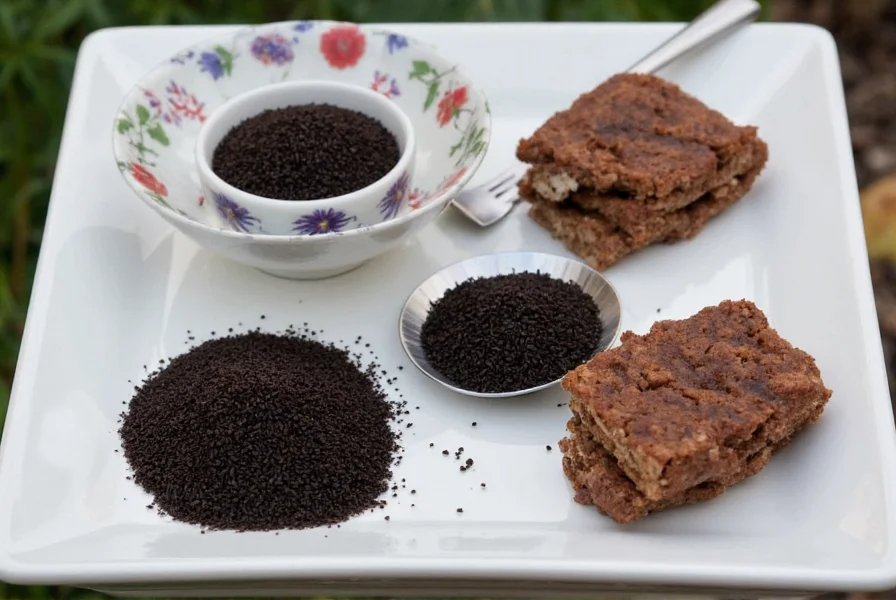
2. In Spice Blends
In Middle Eastern and Indian kitchens, Nigella Sativa is sometimes included in spice blends like kala jeera or panch phoron. These five-spice mixes are used to season vegetables, lentils, and pickles.
3. Roasting or Toasting
For a richer flavor, lightly toast the seeds in a dry pan before using. This brings out more of their nutty, smoky characteristics.
4. In Sauces and Dressings
Crushed Nigella Sativa can be mixed into yogurt sauces, tahini dressings, or even vinaigrettes for a savory twist.
5. Baking
If you're feeling adventurous, try adding a teaspoon of seeds to homemade crackers or flatbreads. They pair beautifully with sesame and poppy seeds.
Nigella Sativa vs Other Common Spices
If you're new to Nigella Sativa, you might wonder how it compares to other pantry staples. Here's a handy comparison table to help you understand where it stands among similar spices:
| Spice | Taste | Heat Level | Best For |
|---|---|---|---|
| Nigella Sativa | Earthy, nutty, slightly bitter | Low | Breads, spice blends, pickling |
| Cumin | Warm, earthy, slightly bitter | Low | Mexican, Indian, Middle Eastern cuisine |
| Fennel Seeds | Sweet, licorice-like | Low | Italian sausage, bread, tea |
| Oregano | Pungent, herby, spicy | Low-Moderate | Mediterranean dishes, pizza, pasta |
| Mustard Seeds | Spicy, pungent | Moderate | Curries, pickling, tempering |
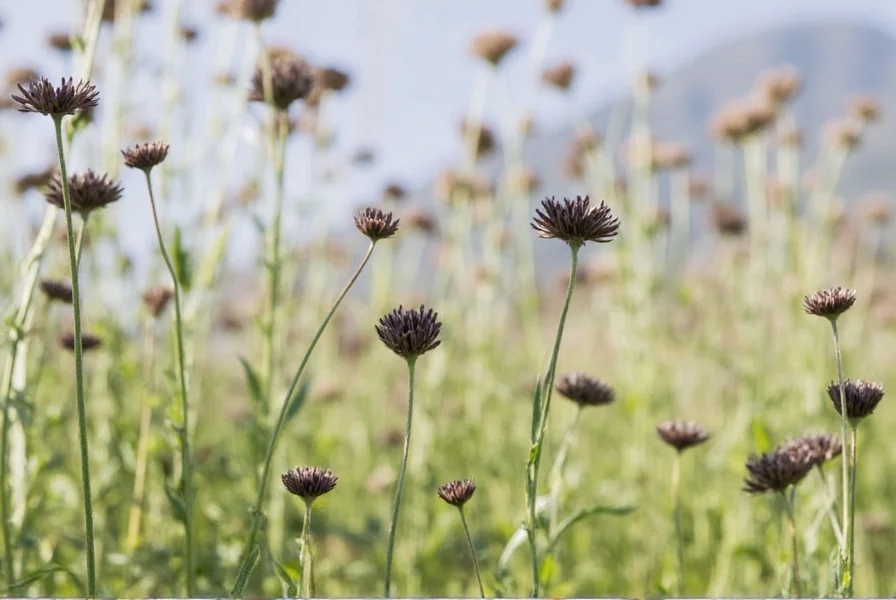
Buying Guide: Choosing the Best Nigella Sativa
Not all Nigella Sativa is created equal. Here’s how to choose the best quality seeds for your kitchen:
What to Look For:
- Color: Should be jet black or dark brown-black
- Smell: Earthy, slightly woody scent
- Texture: Dry and crunchy
Top 3 Recommended Brands:
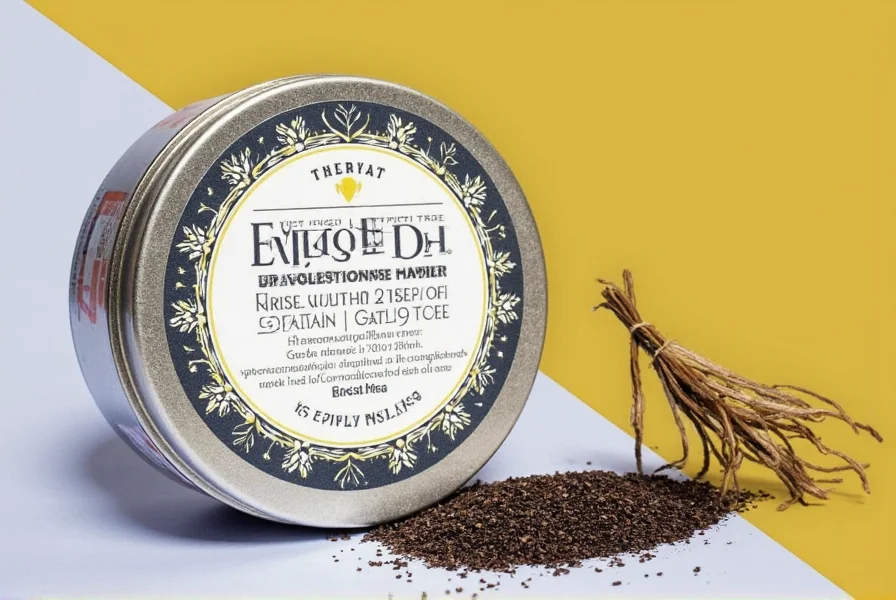
Brand A – Organic Nigella Sativa
- Features: USDA organic certified
- Advantages: High purity, no additives
- Use Case: Ideal for baking and seasoning
- Audience: Health-conscious home cooks
- Occasion: Everyday cooking, wellness routines
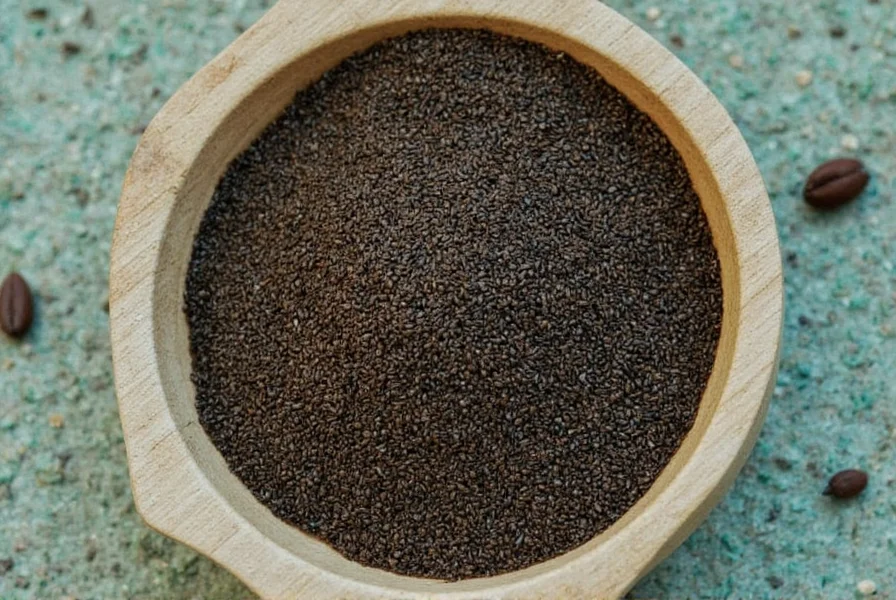
Brand B – Cold Pressed Nigella Oil
- Features: Cold pressed, pure oil extract
- Advantages: Strong flavor, long shelf life
- Use Case: Salad dressings, topical use
- Audience: Gourmet chefs, wellness enthusiasts
- Occasion: Fine dining, skin care
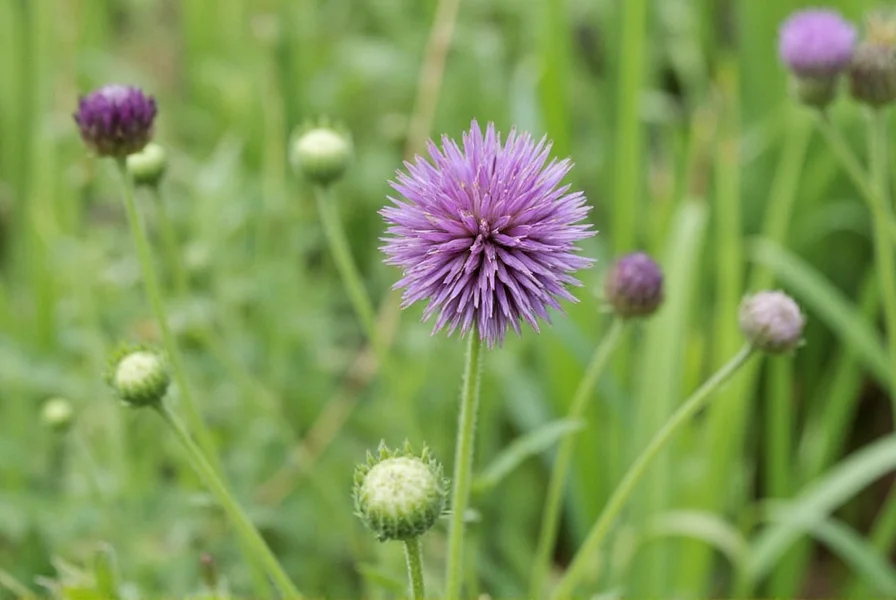
Brand C – Ground Black Cumin
- Features: Pre-ground powder
- Advantages: Instant flavor infusion
- Use Case: Curries, rubs, marinades
- Audience: Busy cooks, beginners
- Occasion: Quick weeknight meals
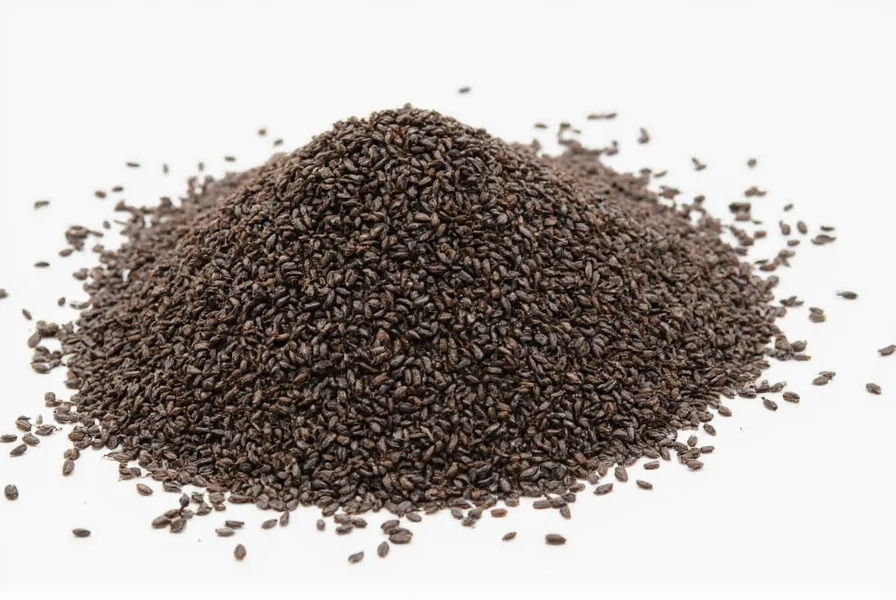
Health Benefits of Nigella Sativa
Beyond its culinary charm, Nigella Sativa has been praised for centuries in traditional medicine. Modern science is catching up, too!
Top Health Benefits:
- Anti-inflammatory: May reduce inflammation markers in the body
- Immune Boosting: Contains antioxidants and thymoquinone
- Digestive Aid: Helps stimulate digestion and relieve bloating
- Heart Health: Studies suggest it may lower cholesterol levels
- Skin Health: Used topically for acne and eczema
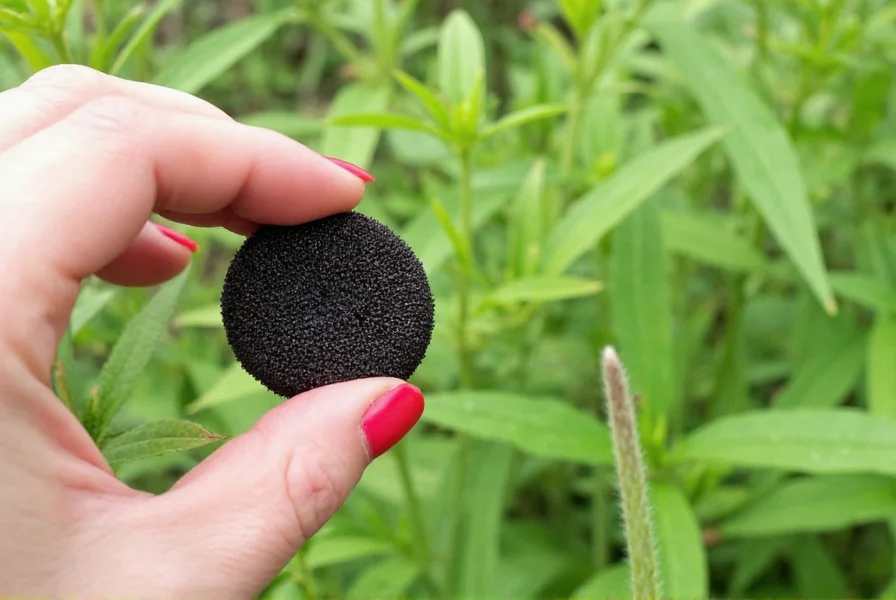
Frequently Asked Questions About Nigella Sativa Taste
Can I substitute Nigella Sativa with another spice?
While there's no perfect substitute, you can mimic parts of its flavor with a mix of cumin, oregano, and a pinch of fennel.
Does Nigella Sativa have a strong aftertaste?
It has a mild aftertaste — nutty, earthy, and slightly bitter. It lingers just enough to notice but not overpowering.
Is Nigella Sativa safe to eat raw?
Yes! You can eat it raw or toasted depending on your preference for intensity.
What foods go best with Nigella Sativa?
Flatbreads, roasted veggies, lentil soups, pickles, and grain bowls are all great matches.
Can I grow my own Nigella Sativa?
Absolutely! It grows well in temperate climates and is fairly easy to cultivate at home.
Conclusion
Nigella Sativa may be small, but it punches way above its weight in both flavor and function. Whether you're spicing up your morning toast or exploring ancient herbal remedies, this humble black seed has something to offer everyone.
So next time you’re wandering through your local spice shop or scrolling through your online pantry, don’t overlook those mysterious black specks. Give them a try — your taste buds (and maybe even your immune system) will thank you.
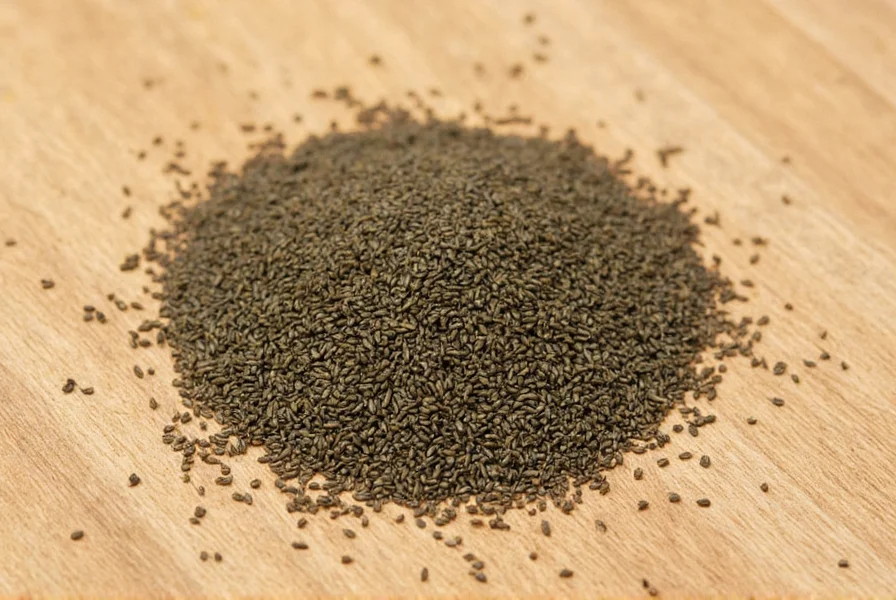

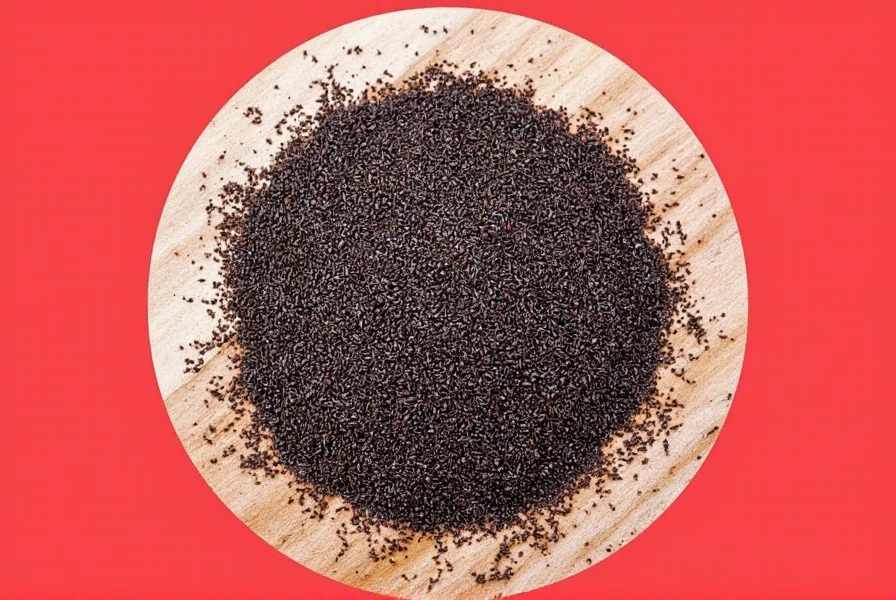









 浙公网安备
33010002000092号
浙公网安备
33010002000092号 浙B2-20120091-4
浙B2-20120091-4